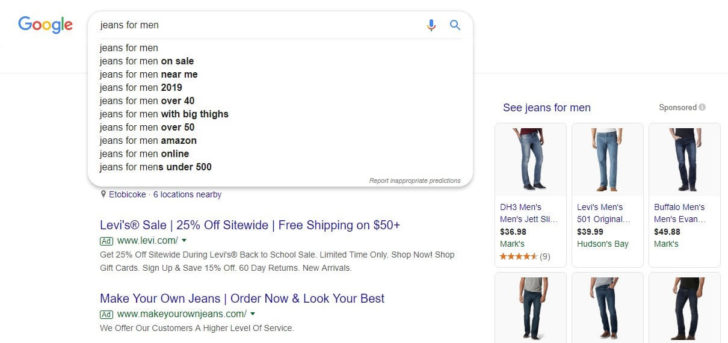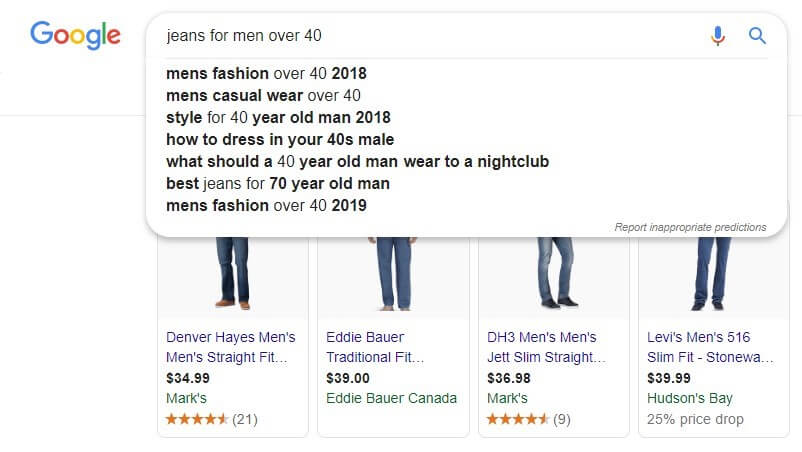Keyword research for creating content can make a tangible difference in your Google rankings. Anyone who works in content marketing knows that keyword research is crucial to ranking on Google and improving content engagement. But it can also be stressful, particularly when you look at how many results on Google appear for the keywords you want to rank for.
What is the process for keyword research and how do you get it right? This is a challenge that most content marketers and creators face. This guide will explain the process of researching keywords and help you begin and improve your content marketing.
Why do keyword research?
Let us get this critical question out of the way – why should you be doing keyword research at all?
Keywords help people find your content on the internet. When users have a specific query they need answers to, they head to a search engine where they input sets of words. Google then searches these indexes to find content that matches those sets of words and how well it answers the query to deliver the content to the user.
The better the content is related to the search input, the higher the content appears. The content that answers a search query best appears at the very top of Google’s first page – under the ads, of course.
Those sets of words are keywords, and they need to appear in your content in strategic areas for Google to deem your content worthy of appearing on their front page.
Content that has good SEO and is relevant will have a better chance of ranking high. As a result, the content will generate more leads, increase sales, and improve ROI.
Without keywords, your content will languish on pages further down the line on Google, ensuring that it doesn’t get seen even if it is good quality.
Business-related keyword research
What does your company sell or produce? Look at the products you have in your store and which ones need to be sold through content marketing strategies.
Make a list of these items and what you think are the most relevant search terms, such as in the example below where we look at “fashion” as a search term.

Source: Venngage
Create a mind map where you can include all the relevant terms to your industry and business that you can then search-related terms for on Google. This is also a great way to generate ideas for your content.
Search on Google
We have determined the importance of researching keywords and why you should undergo the process. With that out of the way, you should immediately go to Google.
Though there are numerous tools online that will show you keyword rankings and associated keywords, Google is still the best place to find the answers you are looking for. After all, Google is the most popular search engine that content marketers want to rank on.
Whether or not you have decided on the kind of content you are going to create, you can still search Google for keywords to use.
For instance, if you were a clothing brand working on new blogs about the clothes you sell, you could start off by typing in “jeans” and seeing the results, like in the below screenshot.

Source: Google search
But “jeans” is far too broad a category to write about. We have to narrow it down so you have a better chance of ranking and being found by your audience.
Look at what happens when you search for “jeans for men”.

Source: Google search
The terms become more specific the deeper you go in your search. Instead of writing an article about jeans in general, you can write something specifically for men over 40.
And you can go even further in your keyword research.

Source: Google search
When you search for “jeans for men over 40”, you get even more search suggestions for your content, alongside related keywords that you can use.
You could target your content towards “how to dress in your 40s male” instead of just “jeans” for a better chance of reaching your target audience.
Long-tail keywords
The search term “how to dress in your 40s male” is a long-tail keyword, as opposed to a seed or head keyword like “jeans”.
Long-tail keywords are easier to rank for than head keywords, which will have extremely high competition. There are fewer chances of Google ranking you over your competitors in this case.
Instead, you should aim for long-tail keywords that are more niche to your business. Don’t look for your product, as that will generally only show you your competitors.
Search for ways that people use, or will use, your product, and choose your keywords accordingly.
Look at competitors’ keywords
As we have noticed, Google will show you the best results for the search terms you enter. Some of those results will likely be your competitors. Why not study them?
Look at the top three most relevant posts that appear in Google’s search for the terms you have entered. Avoid review sites, as these are not relevant for this exercise.
Once you have chosen the competitor content for research, look at the main headings of the article – these are the h1, h2, and h3 tags within a piece of content.
If a piece of content has great SEO, the keywords they are ranking for have to appear in the headings, most often in the title, and the first heading, as well as across the body copy.
List out what you see in your competitor’s content. Knowing the keywords that your competitor is using will help you tailor and structure your content.
In fact, using competitor names as keywords in Google Ads for your content has become a popular exercise for businesses.
However, this is a tricky area that you should study more about before implementing, even if the results could be positive.
Creating your content
Having chosen your long-tail keyword, you can incorporate it into your content.
An important thing to remember in content marketing is that your material should, first and foremost, answer your customers’ query.
Your goal may be to rank on Google and improve visits to your site, but if your content is solely SEO-focused with little regard to the needs of the reader, you will see higher bounce rates, which will negatively impact your ranking.
Additionally, keywords aren’t the only reason why your content will rank higher on Google. There are a number of other factors that increase rankings, such as link building, incorporating visuals in your content, and bounce rates.
But using relevant keywords that draw in your audiences will see results over time. You can also find out whether your keyword research is reflecting positive results by using tools to study keyword rankings.
Key takeaways
Keywords affect your Google rankings, and that is where you should go to find the keywords best suited for you and your content.
Use long-tail keywords instead of head keywords that will have a lot of competition. Also, look at top competitors for your keywords to decide whether or not those keywords will work for you.
Finally, create your content with your consumers in mind, and not purely for SEO, as that will improve the chances of your content being read.
With these steps completed in your keyword research, you are well placed to begin creating content that will help you move towards the top of the Google rankings.
Ronita Mohan is a content marketer at the online infographic and design platform, Venngage.
The post Your step-by-step guide to content marketing keyword research appeared first on Search Engine Watch.
from SEO – Search Engine Watch https://ift.tt/2KZvd5c
via IFTTT

No comments:
Post a Comment